Dopanomics: how the market tricks our brain and how to stop checking your smartphone 80 times a day
Neuromarketing is an applied neuroscience that uses scientific data about the brain for marketing purposes. Neurotechnology and big data are now in their early stages and so is the process of architecturing manipulative environment. In December, during his meeting with students of the Stanford Graduate School of Business, Facebook ex-employee turned venture capitalist and billionaire Chamath Palihapitiya admitted to feeling guilty about having taken part in the development of the social network’s algorithms.
He referred to these algorithms as “short-term, dopamine-driven feedback loops,” which, in his opinion, are now disintegrating the healthy mechanisms that the functioning of society is based on.
These dopamine-driven feedback loops lead to the elimination of social discussion and cooperation, proliferation of disinformation and allow fake clowns to manipulate the masses.
But what exactly is a “dopamine loop” and how screwed are we?
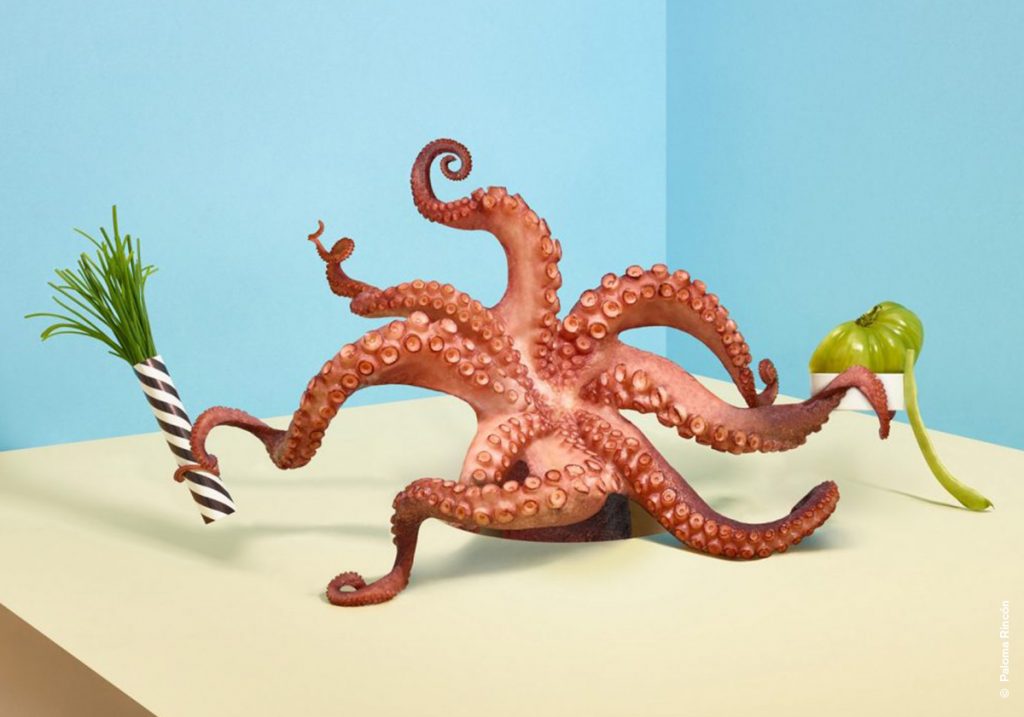
The architecture of the loop
Feedback is the piece of information that a system receives after a certain period of its functioning in order to adjust itself. Let’s say, you’re a barista, and a customer says that your espresso is watery like bird poop. Now that you’ve received feedback, you know that you should make your coffee thicker and richer next time.
A loop is formed when a feedback system gets locked onto itself. This can be depicted as follows:
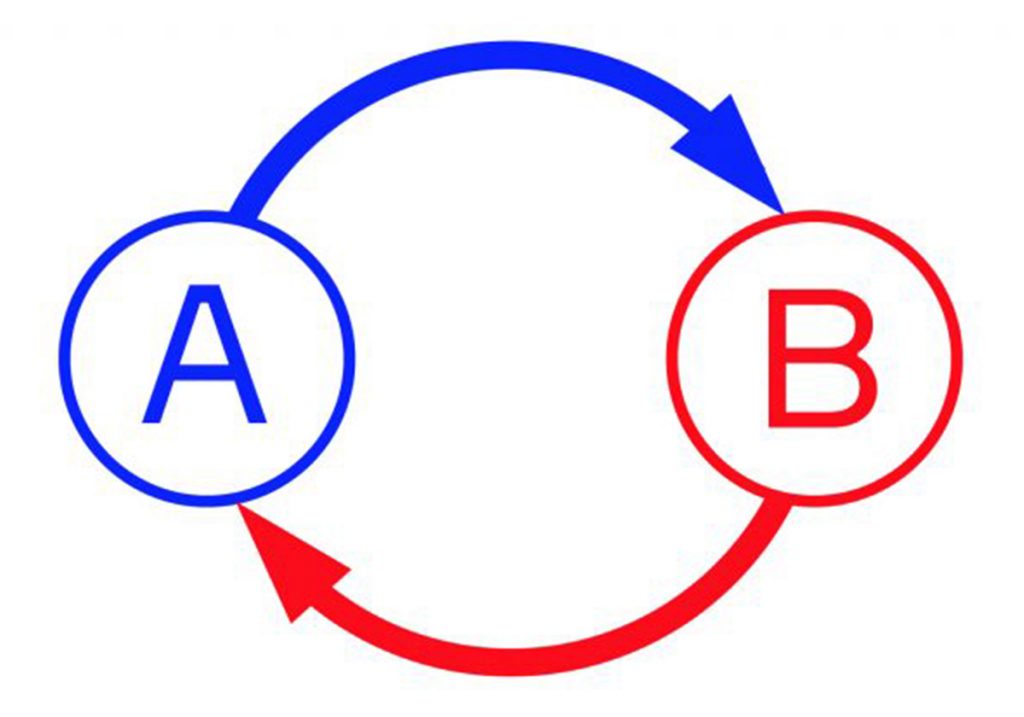
The idea of a feedback loop is well-known to us from computer games. In game design, a gameplay loop essentially means that any action produces a given result in the virtual reality as well as the gamer’s response to this result, after which a new action is required. This kind of loop is sometimes called “compulsive,” since a game can be designed in such a way that no moment seems suitable for a break because the cycle has to be finished (although it doesn’t actually have a final point).
A dopamine feedback loop occurs when various reward stimuli are used: the possibility to collect bonuses, increase power, receive unexpected prizes etc. This trick lies at the base of Facebook and other social networks – immediate likes, shares, and other actions on your account are basically the same old bonuses. Each user becomes a source of dopamine feedback for other users by providing likes, which in turn, increases his own chances of getting feedback.
As soon as a reward looms on the horizon, our brain begins to produce dopamine, a chemical that helps us concentrate on things we want to obtain.
This is what’s called the “brain reward system,” and it affects our actions way more than we might think. That’s the reason it is widely exploited by the market – since a dopamine discharge is a perfectly natural response on the part of our body and can’t simply be dispensed with, almost no one is immune to “dopamine engineering.”
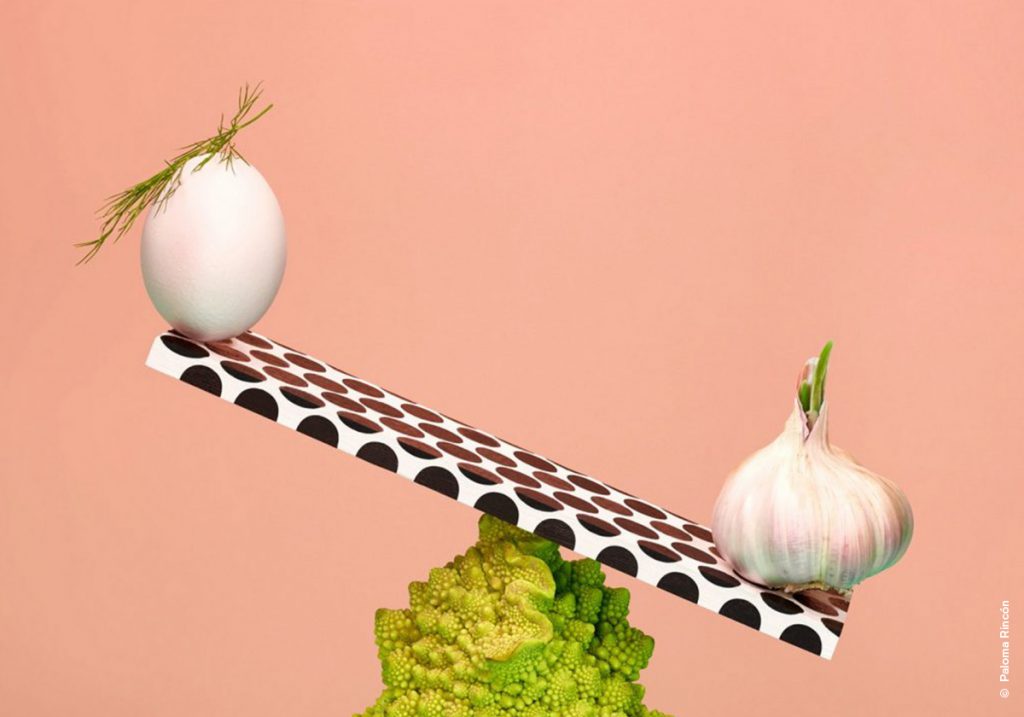
What is dopamine
Dopamine is the main active substance of the reward system in the brain of humans and animals. Its discharge is subjectively experienced as an improvement of mood, increase of desire and motivation. This mechanism encourages us to make efforts that are useful for the body: find food richer in fat and sugar, beat opponents, couple with suitable partners, and procreate. Our brain urges us to act using the anticipation of pleasure.
Why fulfilment of desires doesn’t bring about happiness
The most famous dopamine experiment is the tragic case of a rat from McGill University. Researchers James Olds and Peter Milner attached an electrode to its area of the brain associated with reward and put a stimulation lever under its feet. As a result, the animal forwent eating and drinking, unable to stop itself from pressing the lever. This poor rodent in the state of a never-ending auto-induced ecstasy can serve as a dystopian symbol of consumerism.
At first, it was thought that the rat experienced permanent bliss – what else could have made the creature to get so fixated on that goddamn electrode? That’s why dopamine was called “a pleasure molecule.” But soon suspicions started to arise that things weren’t quite as simple as that.
The problem is that pleasure is a very subjective experience, but a rat, quite obviously, can’t share its feelings. Fortunately for us, American medicine during the 60s was rather unethical. Dr. Robert Heath of Tulane University, in his turn, attached electrodes to the brains of his patients and allowed them to stimulate themselves.
These guinea pig patients behaved exactly in the same way as the infamous mouse: they engaged in auto-stimulation up to 40 times a minute without taking breaks to eat something and kept pressing the button hundreds of times even after the current was switched off. In the age of behaviorism, it didn’t occur to anyone to ask clients about their psychological state, so little can be learnt from the reports on the patients’ condition. All they mentioned was having pleasant sensations, but compulsive button-pressing and permanent anxiety about the current being cut off made many researchers think it wasn’t really about pleasure. One patient who was treated for narcolepsy in this way remarked that he didn’t experience joy for a single moment during the procedure and reported feeling desperate. And those patients who became aroused as a result of the stimulation never experienced an orgasm.
Further experiments demonstrated “liking” and “wanting” to be not just different but unrelated to each other experiences.
It turned out that even after a rat’s brain is deprived of dopamine, it still likes sweet food, and after eating this food, it will have the same blissful expression on its face. This is caused by opioids, which are associated with the experience of sensory pleasure. However, without dopamine, the rat won’t attempt to get the food, since it won’t have the motivation. When the pleasure hormone is suppressed, attraction of reward is lost.
In 2001, Stanford scientist Brian Knutson proved that dopamine is associated with the anticipation of pleasure. This effect is nature’s way of encouraging and rewarding evolutionary choices that lead to survival. Dopamine uses the drive to experience pleasure as a carrot in order to force one to take the right action. It makes us seek pleasure but not experience it. It’s precisely this hormone that causes psychological disorders in consumer society.
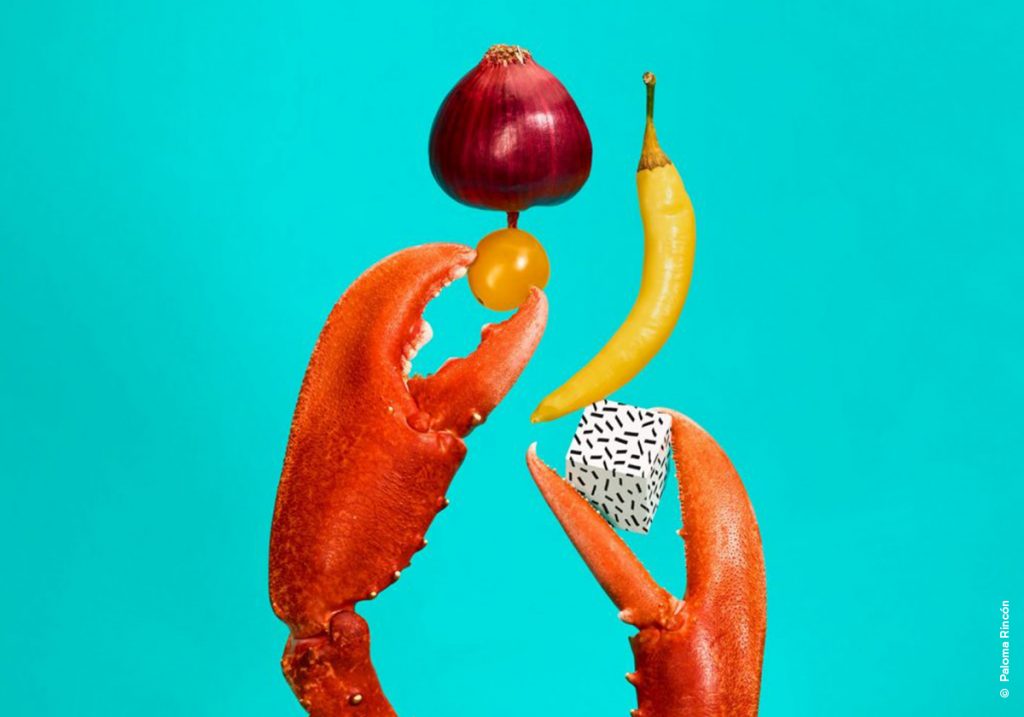
10 simple ways in which we are hooked
1. Likes
Smartphones and tables, VK, Facebook, Twitter, Instagram, and other apps regularly supply us with doses of social approval, for which we have a biological need (conformism is an automatic reaction of the brain). Each like causes a minor dopamine discharge – pleasant but short-term, only causing the desire for more.
2. Sugar, fat, calories
In order to be attractive for the reward system, food has to contain as many calories as possible and be rich in sugar and fat. And, of course, addictive fizzy drinks are nothing but liquid sugar; according to researchers, they are the reason why American schoolchildren so often suffer from ADHD.
3. Free samples of food and drinks
When entering a supermarket or a café, we are sometimes offered to taste something sweet, salty or containing caffeine in order to get us dopamine-hooked and make us want to come back. For the same purpose, restaurants often serve free sweets with coffee or tea.
4. Luring aroma
Neuromarketing has a whole industry charged with manufacturing “persuasive” smells.
Characteristic aroma near cafés, relaxing or stimulating smells in different sections of stores affect customers’ behavior on a subliminal level.
There are even some complex engineering solutions in this area. For example, a multi-layer smell in a shopping mall can be used to attract customers to an ice-cream place on the ground floor. A light fruity scent is diffused on the upper floors, an ice-cream scent in the middle, and a scent of waffles and caramel closer to the place itself.
5. Appetizing pictures
Visual stimuli have a powerful effect on the reward system. Research shows that when people look at attractive images of food, they perceive it as tastier. That’s why restaurants have abandoned the traditional “dish – contents – price” arrangement of the menu in favor of an album with delicious photos of dishes. Add to that an endless flow of food porn on social networks and your reward system starts to heat up like a mercury thermometer rubbed with a woolen blanket.
What’s important is a continuous presence of different sorts of goods, not only foods. The picture has to be there in front of the customer’s eyes the moment he or she feels that vague urge to consume, but doesn’t yet know where to take his or her money. Collecting data on your social network activity helps keep track of where your desires are directed. This is why the same (or similar) advertising you’ve seen before keeps popping up again and again.
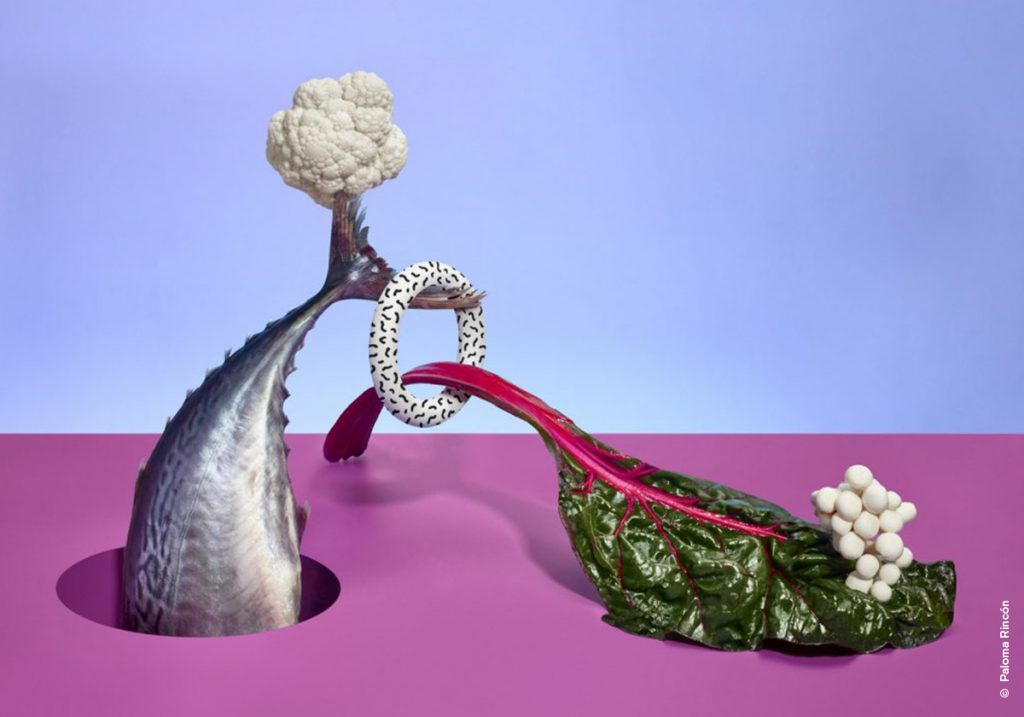
6. Sexuality
The old formula “sex sells” has got annoying but not obsolete. Sexual hints, usually expressed in the form of half-naked seductive women or naked parts of the woman’s body, cause a dopamine-induced urge that you’re unlikely not to act upon. A growing pornography market also acts in favor of marketers.
By forming a compulsive need to masturbate while watching the videos, the porn market pumps huge doses of dopamine in our brain, making us more likely to get hooked in other ways.
For instance, erotic stimulation contributes to increased financial risk-taking.
7. Novelty
The dopamine system encourages us to explore, since information about changes in our environment might save our life. It’s less responsive to predictable stimuli, and that’s why any respectable fast-food giant keeps adding new positions to its standard menu or suddenly introduces a week of traditional Eurasian cuisine.
8. Gamification
Gamification is one of the fundamental principles of dopanomics. Engaging customers in a game-like activity with the opportunity of scoring points, beating opponents, and getting unexpected rewards and bonuses helps to make them spend more. Various customer loyalty schemes represent different interfaces of a game with dopamine feedback: they encourage people to buy certain goods and services at a specific time with the help of bonuses, discounts, contests, and other means.
9. Surprises
Experiments show that if subjects know exactly when and how much juice they will get, almost no dopamine is produced. At the same time, an unexpected bonus is much more effective at activating the reward system. This pattern is exploited by companies like Kiip (a mobile reward platform). The app encourages active users by rewarding their successes with surprise bonuses. As a result, brands get access to their target audience and become associated with happy moments of extraordinary accomplishments. The more unexpected the reward the more pleasant it is.
10. Threat of loss
Since dopamine is a precursor of adrenaline and noradrenaline, it deals not only with excitement and elevated mood but also with anxiety and increased alertness.
Experiments in the neuroscience of decision-making show that fear of losing something is much stronger than desire to keep and accumulate. That’s why phrases like “today only,” “limited-time offer,” “only two days left,” “last item” etc. can make us buy simply to shake off the anxiety. The incredible effect of the Black Friday, when even rich people go crazy and with primeval roars squabble for goods they don’t even need, is the result of skillful manipulation of the experience of shortage. We tend to overestimate the value of a reward when there’s a high risk of losing it.
Tastes, smells, promises to make us rich and attractive, half-naked fashion models, cheap alcohol, and fast food turn Friday night into a crazy motivational merry-go-round for our brain.
The market uses techniques that stimulate the production of dopamine not only in order to manipulate customers’ attention but also to “hack” our reward system. An increase in the level of this hormone makes us expect pleasure more.

How the market tricks our brain
But how does the market manage to trick our brain, the most intelligent system in the world?
It takes millennia for the smallest changes to occur in the brain. It’s confined in the darkness of the skull and doesn’t know that the age of technology has begun, that there’s no more threat of turning into some animal’s dinner or dying of starvation, no need to hunt and kill for food. Our brain still perceives the world exactly the way it did thousands of years ago, as if nothing has changed since. Its task is to make us survive to the reproduction age, consume food rich in calories and nutrients, find a suitable partner, and produce offspring to pass on our genes.
A dopamine reward is one of the mechanisms of the so-called limbic system, which is sometimes considered the main emotions processor of the brain. It’s located mostly under the cerebral cortex, since it was formed earlier in the evolutionary process. This ancient structure is also sometimes called the “hot” system of the brain because it responds to stimuli before we can even realize it and prefers to get the reward as soon as possible.
Neuromarketing uses a set of tools that activate and heat up the hot system bypassing our conscience. Before we even begin to realize what’s going on, our body is overwhelmed by basic emotions that make us behave as if we were starving to death or the human race was at risk of becoming extinct, and only gorging down food and copulating non-stop could save everyone.
Excited by pictures, smells, and promises, our brain makes us perceive the future reward as real so that we keep pressing the lever and consuming something that brings us anxiety and exhaustion rather than satisfaction. The reward mechanism, which was so useful for our primate ancestors, is now doing us a disservice as online stores, games, fast sex apps, available drugs, 24/7 supermarkets and restaurants are all connected into a huge dopaminergic system for hacking our brain.
Dopamine-stimulating architecture of the market reveals the chemical version of Baudrillard’s simulacrum – it makes us chase what we don’t want and acquire what we don’t need, only further adding fuel to the fire of reward anticipation.
Being in such a condition makes it hard to act consciously, analyze external processes, political and economic events. There’s only enough motivation to respond to a new portion of controversial information, experience collective hype – and spit back the newsbreak without processing it. It’s thanks to dopamine-driven feedback loops that fake news have acquired such a political influence. This destructive effect of Facebook is what Chamath Palihapitiya is talking about.

Who’s the boss in the brain
The cerebral cortex is a younger system of the brain and is primarily responsible for higher mental functions that make us “human.” The prefrontal cortex, located in the forehead area, is considered the most “rational.” It has to do with planning, decision-making, control over emotions, and suppressing desires. In other words, if willpower does exist, it is to be found right here. This is what’s called the “cold” system.
Being a more recent structure, the cerebral cortex operates slower than the limbic system, which responds instantly and “loudly.” MRI can even register a conflict between conscious and unconscious intentions, which together form our behavior.
Alcohol and drugs, stress and lack of sleep not only make the limbic system “louder” but also deliver a blow to the prefrontal cortex, preventing us from thinking rationally and strategically, thus allowing the market to empty our piggy bank.
In order to help our brain, we have to train the prefrontal cortex and try to cope with a difficult task – differentiate between false rewards (that make us addicted and frustrated) and genuine rewards (that add value to our life). It’s not an easy thing to do, since the reward system “claims” the most accessible pleasures. But an understanding of how everything works can make the struggle for the control over our brain a little bit easier, even during the times of dopamine craze.
There are a few pretty simple rules for helping our brain stabilize the prefrontal cortex and the dopamine system:
- Sufficient sleep is directly related to self-control and efficiency of the prefrontal cortex. Sleep deprivation makes us absent-minded and impulsive.
- Constant stress and emotional strain lead to us becoming more vulnerable to dopamine triggers. That concerns physical as well as emotional exhaustion.
- Right nutrition is one of the simplest ways to unload our brain of dopamine. Exclude sugar and simple carbs from your diet or limit their consumption, avoid too salty or too greasy food as well as flavor enhancers like the ones added to fast food, convenience foods and chips.
- Coffee, cigarettes, alcohol, amphetamines and cocaine make the reward system explode. Get off those things if you can.
- Physical activity improves blood flow, allowing the brain to get more oxygen. Besides, intensive exercise makes our body experience a short-term controlled stress that stimulates the production of endorphins, which contributes to a lasting boost of mood.
- And the most important thing: focus on what you really like. This opens up the possibility of establishing a “friendship” between the prefrontal cortex and the reward system and “teaching” the brain to desire long-term results. This way, you’ll have the motivation to explore new areas of science, carry out challenging business projects, learn to operate advanced technology, and implement creative ideas.
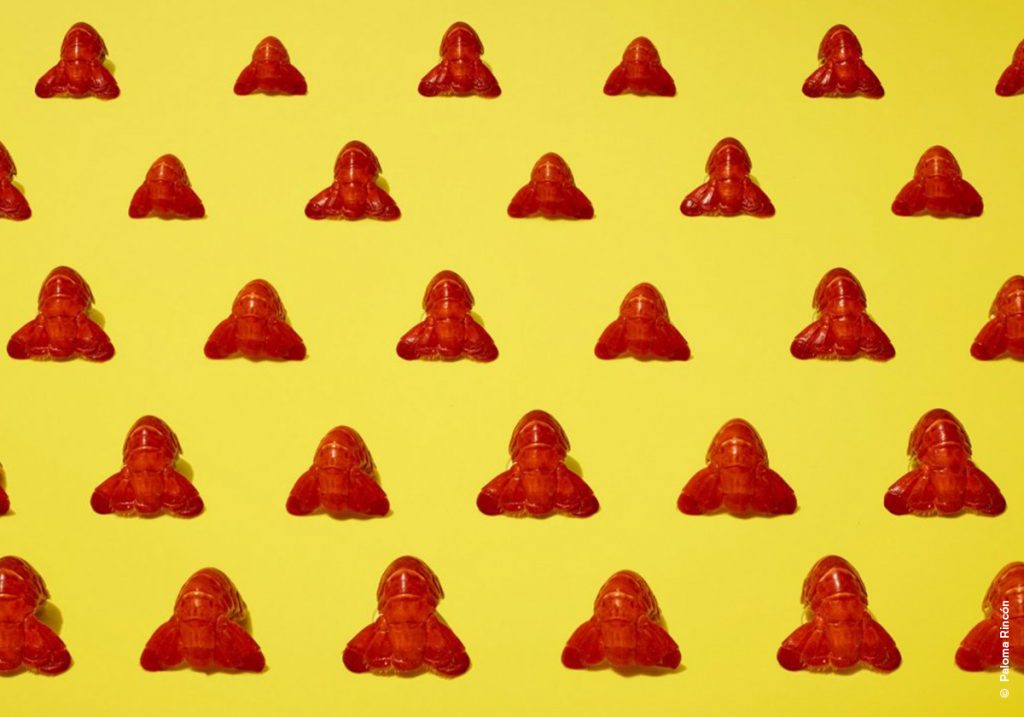
How to differentiate between good and bad desires
Everyone has an indisputable right to experience pleasure and satisfy their wants. This forms an integral part of the feeling of happiness. There’s nothing wrong about desire and pursuit of pleasure, quite the contrary – without it life loses its meaning and we become incapable of meaningful acts. The American Journal of Psychiatry published the story of a long-time drug addict named Adam who took all of his supply in order avoid getting busted with it during a raid. Hypoxia caused damage to his reward system, and when he was discharged from hospital, he didn’t want drugs anymore – or anything else for that matter. Nothing brought him pleasure and he became gloomy, unsociable, and sunk into depression. Don’t be like Adam.
Desire is good as long as you maintain self-control and don’t confuse wants with desire for happiness, as long as these pleasures make sense in the context of your own life. Even though internal rewards are not tangible, the process of achieving the goals you set for yourself also causes dopamine discharges. And when the mission is accomplished, we feel the full extent of satisfaction because we’ve achieved something that made our prefrontal cortex and reward system work together as a team.
Статью на русском можно прочитать здесь.
Автор благодарит за превод Романа Шевчука.
